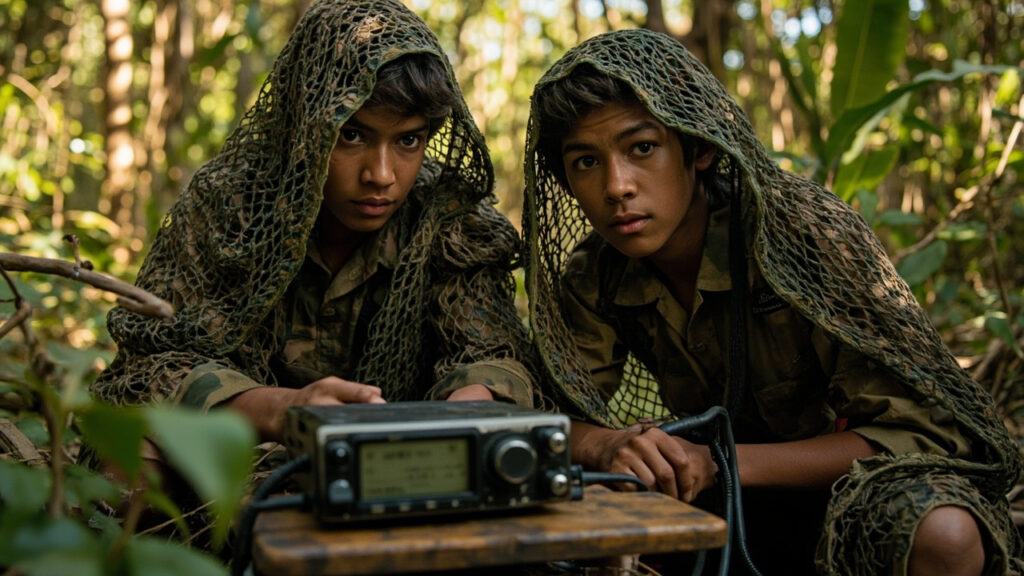Civic Engagement and Responsibility: Emulating Switzerland’s regulated defence strategy, the National Civil Defence Cadetships would cultivate a culture of civic duty among young Australians. By engaging youth, particularly from marginalised communities, the program aims to instil a sense of belonging and purpose, empowering them to contribute positively to society.
Comprehensive Training and Skill Development: Cadets would receive training in essential skills such as emergency response, HF radio communication, use of scientific instruments, logistics, and teamwork. This training would not only enhance their preparedness for potential crises but also provide them with valuable life skills that can lead to improved employment outcomes.
Diverse Participation: The cadet program would ensure broad participation from various communities across Australia, integrating young people from diverse backgrounds. There would be no barriers based on age, disability, race, religion, or political views, ensuring that all youth have an equal opportunity to engage.
Community Building: By fostering a spirit of collaboration among cadets and local communities, the program would encourage resource mapping and community supply chains. Participants would identify local resources, including food, water, and emergency supplies, thereby enhancing community resilience and preparedness.
Integration with Existing Emergency Services: The cadet program would work in tandem with existing emergency services, offering young people the chance to engage in drills and exercises with local firefighting and rescue teams. This integration would provide realistic training scenarios, reinforcing the importance of teamwork during crises.
Support for First Nations Youth: Special focus will be placed on actively engaging First Nations youth, designing culturally relevant training modules that respect and incorporate Indigenous perspectives. The use by permission of Indigenous and Torres Straits lands and seas for Cadetship bush and ocean orientation and survival training. This approach aims to address the over-incarceration of First Nations children and promote healing and empowerment.

Two-way Radio Coastwatcher’s Training Course – Far North Queensland